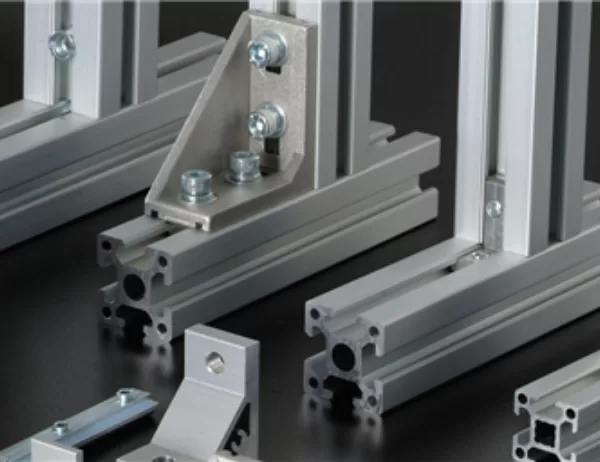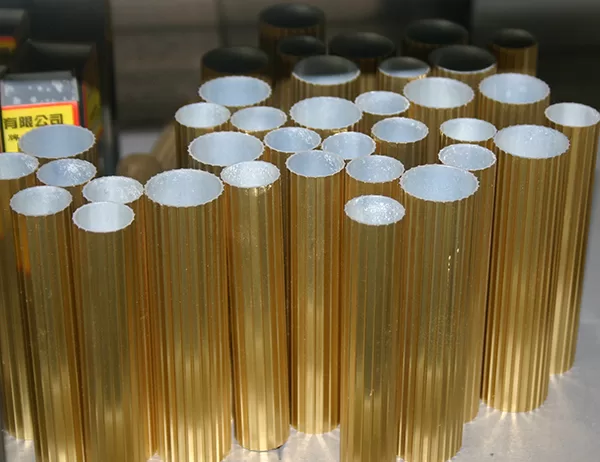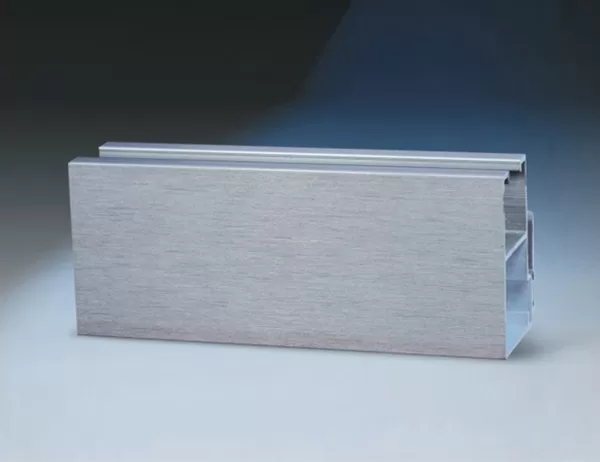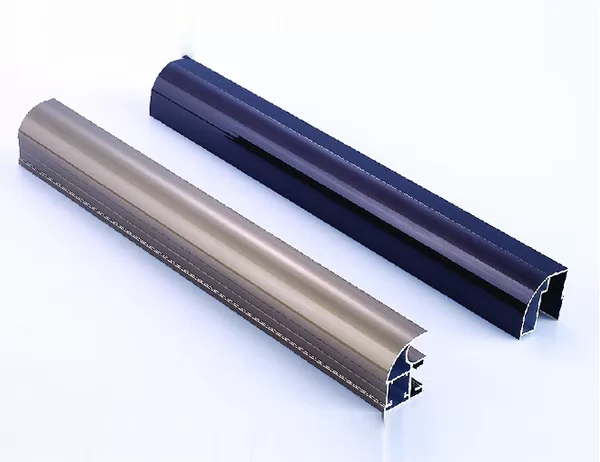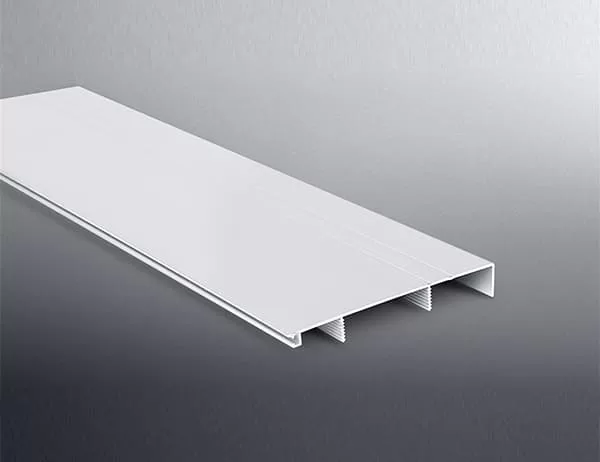Polished aluminum angles are widely used in various industries due to their durability, corrosion resistance, and aesthetic appeal. However, like any material, they can encounter common issues that affect their performance and appearance. This article aims to provide a comprehensive guide to troubleshooting and resolving typical problems with polished aluminum angles.
Dents and Scratches
Dents and scratches on the surface of polished aluminum angles can detract from their visual appeal and affect their structural integrity. To address such issues, consider the following:
– Prevention: Proper handling and storage is crucial to prevent dents and scratches. Use padded surfaces and avoid dragging or dropping angles.
– Repair: Minor scratches can be buffed out using a fine-grained abrasive cloth or sponge. For deeper scratches, use a specialized aluminum polish to restore the surface finish.
– Prevention: Oxidation is a common problem with aluminum, especially in humid environments. To prevent oxidation, apply a protective coating or sealant to the surface of the angles.
– Removal: Remove oxidation using a mild acid solution, such as white vinegar or lemon juice. Rinse thoroughly and apply a protective coating to prevent further oxidation.
Tarnishing and Discoloration
Tarnishing and discoloration can diminish the polished appearance of aluminum angles. To combat these issues, try the following:
Poor Adhesive Bonding
Polished aluminum angles are often bonded to other materials using adhesives. However, improper bonding can result in weak joints and separation. To ensure strong adhesive bonds, consider the following:
– Surface Preparation: Clean the surfaces of both the aluminum angle and the bonding material with a solvent to remove any contaminants.
– Adhesive Selection: Choose an adhesive specifically designed for polished aluminum, considering the surface texture and environmental conditions.
– Application Technique: Apply the adhesive evenly and firmly, ensuring adequate contact between the surfaces. Allow sufficient curing time as per the manufacturer’s instructions.
Troubleshooting common issues with polished aluminum angles is essential to maintain their performance and aesthetic appeal. By addressing dents, scratches, oxidation, discoloration, and poor adhesive bonding, you can ensure the longevity and optimal functionality of your aluminum angles.
